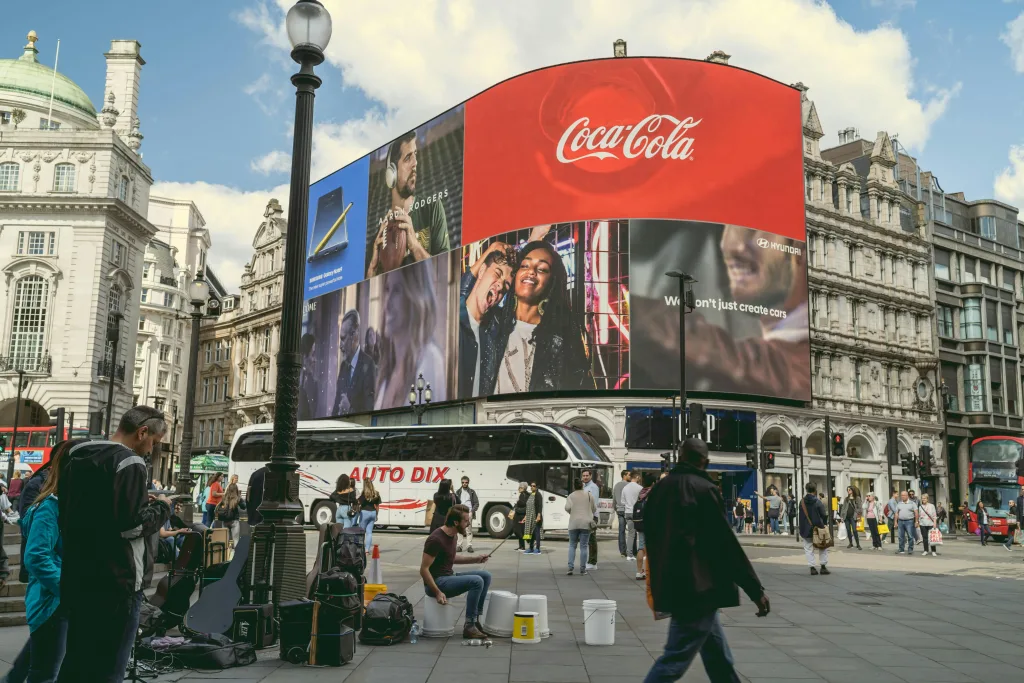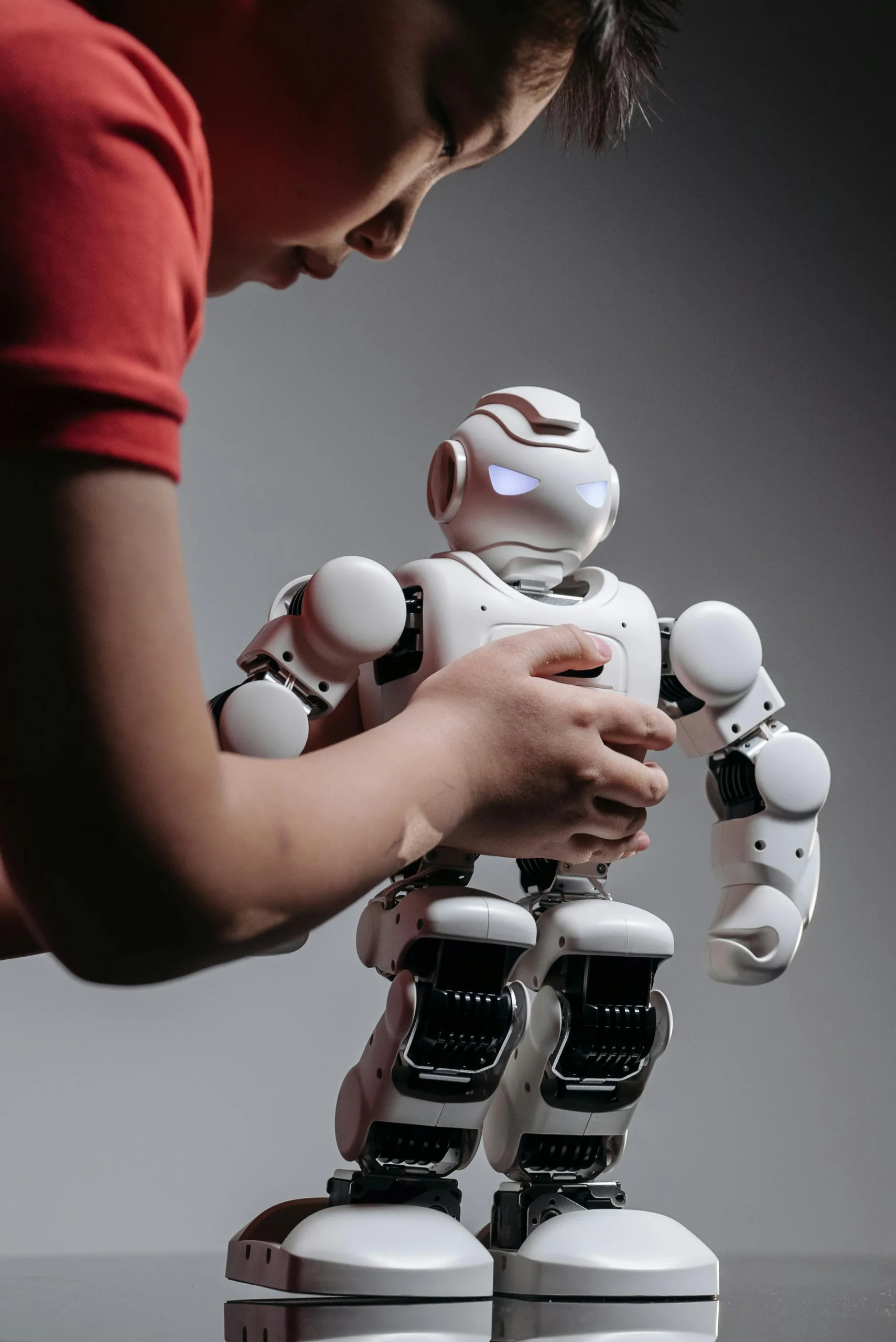Introduction
Did you know that 62% of businesses now use generative AI for daily operations? Gone are the days when generative AI was merely a buzzword associated primarily with conversational AI tools like ChatGPT. Today, its applications extend far beyond simple text generation, transforming entire industries and reshaping the way businesses operate. In this comprehensive exploration, we’ll uncover practical generative AI use cases, particularly highlighting its impactful presence within various sectors, including the burgeoning field of AI in creative industries.
Generative AI refers to artificial intelligence systems capable of creating content autonomously—be it text, images, videos, or even complex design prototypes. With notable advancements made by powerful platforms such as ChatGPT, MidJourney, Claude, and others, the scope and accuracy of generative AI have evolved significantly. As we progress through 2025, the emphasis has shifted markedly from speculative experimentation toward tangible, industry-specific solutions that directly enhance productivity, creativity, and efficiency.
This shift is not mere coincidence; it’s driven by the escalating demands for business automation, personalized experiences, and ethical deployment, influenced notably by regulatory frameworks like the EU AI Act. In this article, you’ll discover how generative AI is no longer just futuristic hype but a critical tool actively reshaping industries today.
Let’s dive into the transformative real-world applications of generative AI that are redefining what’s possible across multiple sectors.
Why Generative AI is Moving Beyond Hype in 2025
The Tipping Point: From Experimentation to Implementation
Generative AI, previously seen as a futuristic novelty, has reached a critical tipping point in 2024. Companies across diverse industries have shifted from cautious experimentation to widespread, practical implementation. But why is this happening now? What exactly has changed?
Cost Reduction in AI Development
One significant driver behind this shift is the substantial reduction in the cost of AI development. Historically, building sophisticated AI models required massive investments in computing infrastructure, which often limited AI adoption to deep-pocketed tech giants. However, cloud computing providers such as AWS, Azure, and Google Cloud have democratized access to powerful AI resources, enabling even small-to-medium-sized businesses (SMBs) to integrate generative AI at a fraction of the previous cost.
Improved Accuracy and Customization
Generative AI models have evolved remarkably in terms of accuracy, responsiveness, and ease of customization. Modern tools no longer rely solely on generic training data; they can now fine-tune their models using industry-specific datasets. This advancement significantly reduces inaccuracies and biases, which previously hindered practical adoption, enabling AI systems to deliver more relevant, precise, and actionable outputs. Businesses now confidently rely on these models for high-stakes applications, from medical diagnostics to legal document preparation.
Growing Business Demand for Automation and Personalization
Another powerful driver is the mounting demand for automation and hyper-personalization among consumers and businesses alike. Companies face relentless competition, compelling them to seek smarter, faster, and more personalized solutions. Generative AI perfectly aligns with these needs by automating repetitive tasks, streamlining workflows, and delivering tailored experiences at scale. For example, in AI in creative industries, marketing teams leverage generative AI to produce highly personalized advertising campaigns, significantly improving engagement and conversion rates.
Regulatory Influence: The EU AI Act and Ethical AI Practices
Regulation has also played a pivotal role in this transformation. The European Union’s AI Act, among other regulatory frameworks globally, pushes companies toward ethical and transparent AI applications. Rather than stifling innovation, these regulations encourage businesses to deploy AI responsibly, resulting in greater trust and accelerated adoption across sectors. Organizations that proactively embrace these guidelines are experiencing smoother implementation, gaining both consumer trust and competitive advantage.
Ultimately, generative AI is no longer just an exciting possibility—it’s a proven necessity. Businesses that continue viewing AI merely as a futuristic curiosity risk falling behind as their competitors harness these powerful tools for tangible, everyday benefits.
10 Real-World Applications of Generative AI in 2025
Generative AI is revolutionizing industries by delivering concrete value and practical solutions across sectors. Let’s explore the top generative AI use cases in 2024 that demonstrate how profoundly AI is reshaping our daily business practices.
1. Legal Document Drafting
Generative AI tools like Harvey.ai and LawGeex have transformed the legal industry by automating the drafting and review of complex legal documents, from standard contracts to intricate litigation briefs. For example, a prominent law firm reported reducing their document drafting time by a staggering 70% through AI automation, significantly improving productivity and allowing lawyers to focus on strategic advisory.
Related reading: How Generative AI is Shaping the Future of Law (Harvard Business Review)
2. Architectural Design & Prototyping

Platforms like Maket.ai leverage generative AI to create customized architectural plans that align precisely with client preferences. These AI-driven designs not only accelerate prototyping but optimize building layouts for energy efficiency and sustainability. The technology also facilitates rapid visualization of architectural concepts, dramatically reducing project timelines and costs.
3. Personalized Fashion Design

Fashion brands such as Stitch Fix have embraced generative AI to create hyper-personalized clothing recommendations based on individual style preferences, body measurements, and previous purchases. A particularly intriguing trend is the rise of AI-driven “digital twins,” virtual avatars enabling consumers to virtually try on clothes for a perfect fit before purchasing—showcasing generative AI’s robust capabilities in creative customization.
4. Medical Report Generation

In healthcare, generative AI platforms like Nuance DAX are efficiently summarizing patient interactions, generating accurate medical reports, and significantly reducing administrative burdens. This alleviates burnout among healthcare professionals and allows more patient-focused care, highlighting the transformative power of AI-driven workflow automation.
Authority Link: AI in Healthcare Report 2024 (McKinsey)
5. Localized Marketing Content

Companies now leverage generative AI for culturally nuanced advertising campaigns. Global brands like Coca-Cola utilize generative AI to create hyper-personalized ads that resonate authentically across diverse global markets, significantly boosting consumer engagement and brand loyalty.
6. Industrial Product Design
Generative AI, powered by software such as Autodesk Fusion 360, optimizes industrial product designs, producing lighter, stronger, and more efficient components. This advanced technology enables manufacturers to rapidly iterate designs and significantly reduce material waste, leading to substantial cost and environmental savings.
Resource: How Generative Design Accelerates Innovation (Autodesk)
7. Educational Content Creation
Teachers and educational institutions employ generative AI to craft personalized lesson plans, quizzes, and educational materials tailored to student-specific learning styles. This fosters more dynamic, engaging learning environments and significantly enhances educational outcomes.
Insightful read: AI in Education: Opportunities and Challenges (Brookings Institution)
8. Synthetic Data for Training AI Models
Startups increasingly use generative AI to produce realistic synthetic datasets, eliminating privacy concerns and data scarcity challenges. These datasets train advanced AI models efficiently, proving essential in industries like healthcare, finance, and autonomous vehicle development.
9. Video Game Asset Creation

Generative AI has revolutionized game development through platforms like Promethean AI, automating the creation of intricate 3D environments and digital assets. Game developers significantly reduce production timelines, allowing more focus on storytelling and innovation in gameplay experiences.
Resource link: Generative AI in Game Development (VentureBeat)
10. Personalized Recipe Generation
Innovative apps like Plant Jammer use generative AI to produce personalized recipes based on available ingredients and dietary preferences. This approach enhances consumer experiences, reduces food waste, and encourages sustainable eating practices.
The Business Case: ROI of Generative AI
Why Companies Can’t Afford to Ignore Generative AI in 2025
As generative AI transitions from futuristic buzzword to essential business technology, understanding its Return on Investment (ROI) has become critical for companies aiming to maintain competitive advantage. Organizations that strategically integrate generative AI report impressive cost savings, unprecedented scalability, and heightened customer satisfaction.
Significant Cost Savings and Efficiency Gains
One of the most compelling arguments for adopting generative AI is the notable reduction in operational costs. According to a recent McKinsey report, organizations implementing generative AI have experienced up to 50% faster product development cycles and significantly reduced overhead through automation of routine tasks. For instance, AI-driven legal software significantly cuts down billable hours previously spent on document preparation, directly enhancing profitability.
Hyper-Personalization for a Competitive Edge
Consumers today expect highly personalized experiences, and businesses using generative AI are meeting and exceeding these expectations. AI allows unprecedented levels of personalization at scale, such as customized fashion recommendations or individualized marketing campaigns tailored to regional tastes and preferences. Companies leveraging AI in creative industries to create personalized experiences consistently outperform their competition by driving higher customer engagement and retention.
Authoritative Link: How Hyper-Personalization Drives Customer Experience.
Enhanced Scalability of Creative Workflows
Generative AI has revolutionized scalability, especially within creative workflows. Traditionally labor-intensive tasks, such as content creation, design, or video game asset development, have been drastically streamlined. AI-driven solutions like RunwayML or Jasper allow creative teams to rapidly produce high-quality content, freeing human resources to focus on innovation and strategy rather than repetitive, time-consuming tasks.
Data-Backed Proof: AI Adoption ROI
The case for generative AI is not purely anecdotal; it’s firmly supported by data. A recent Gartner study highlights that organizations integrating AI into core business operations will see at least a 30% improvement in operational efficiency by 2025 . Such tangible outcomes make AI adoption not merely beneficial but essential.
Businesses in 2024 face a clear choice: embrace generative AI proactively or risk being left behind by competitors who have already unlocked its transformative benefits.
Challenges to Watch Out For
Navigating the Pitfalls of Generative AI
While generative AI presents transformative benefits, it’s critical for businesses to recognize and proactively address potential challenges associated with its implementation. Here, we’ll explore key issues that companies must navigate carefully to ensure effective, responsible, and successful use of AI.
Ethical Concerns: Bias in Training Data
One of the most significant issues in generative AI remains the presence of biases within training data, leading to potentially harmful outcomes. AI models trained on biased or insufficiently diverse datasets can inadvertently reinforce stereotypes or produce discriminatory results. For example, facial recognition technologies have historically struggled with racial biases due to unevenly represented training datasets (MIT Tech Review).
To mitigate these risks, businesses should prioritize ethical AI practices, conducting rigorous bias audits and continually refining AI models with diverse and representative data.
Over-Reliance on AI Without Human Oversight
Generative AI’s efficiency can sometimes lead organizations to overly depend on automated systems without sufficient human supervision. Such reliance is risky, as even the most sophisticated AI systems can produce inaccuracies or lack the nuanced judgment required in complex situations.
For instance, in legal or healthcare contexts, complete reliance on AI-generated documents without human review could lead to critical errors, exposing companies to regulatory and reputational risks. Maintaining a balanced approach—where human oversight complements AI-driven processes—is crucial for long-term success and reliability.
Integration Costs with Legacy Systems
While generative AI tools offer immense benefits, integration with existing legacy IT systems often presents substantial technical and financial hurdles. Many established enterprises face challenges integrating modern AI solutions with outdated infrastructure, resulting in increased costs, longer implementation timelines, and potential disruption to existing workflows.
To address this, businesses must strategically plan their digital transformation journeys, investing in flexible, modular AI solutions that integrate seamlessly with legacy technologies and offer scalability as their digital infrastructure evolves.
Future Trends: What’s Next for Generative AI?
Looking forward to 2024 and beyond, generative AI will continue to evolve rapidly, reshaping industries in unexpected and exciting ways. Here are some prominent trends businesses and innovators should keep on their radar:
Rise of “Small Language Models” for Niche Tasks
While giant language models like GPT-4 have dominated headlines, the near future belongs to specialized, smaller AI models. These “small language models” (SLMs) will be purpose-built to address niche tasks within specific industries, delivering superior accuracy and efficiency. For instance, specialized medical AI trained exclusively on healthcare data can significantly outperform generalized AI in diagnosing medical conditions or recommending treatments.
Companies adopting targeted SLMs can expect increased effectiveness, faster deployment times, lower operational costs, and enhanced data privacy due to localized training and reduced computing demands.
Insightful Resource: The Future of AI: Specialized Small Language Models (MIT Technology Review)
Increased Adoption in Government and Public Services
Generative AI adoption will rapidly expand beyond the private sector into governmental and public services. Governments are exploring AI to automate administrative tasks, enhance transparency, and streamline public services such as citizen support, document management, and policy analysis. For example, AI-driven chatbots are already enhancing public sector efficiency by handling citizen inquiries and service requests effectively.
Expect a sharp increase in AI-driven public sector projects, propelled by initiatives aiming for efficiency, transparency, and improved citizen engagement.
AI-Generated Virtual Influencers Dominating Social Media
One of the most fascinating trends is the rise of AI-generated virtual influencers. These digital personas, powered by generative AI, have already begun reshaping social media marketing, influencer collaborations, and consumer engagement strategies. With the ability to generate consistent, brand-aligned messaging without typical human influencer limitations, AI-powered virtual influencers offer unparalleled control over brand image, content, and audience engagement.
Brands leveraging these virtual influencers can significantly expand their reach, maintain consistency across campaigns, and innovate uniquely engaging marketing experiences.
Recommended Reading: Rise of AI Influencers: The Future of Digital Marketing (Forbes)
Conclusion
Generative AI has decisively moved beyond the initial excitement to become an indispensable, practical force reshaping industries across the globe in 2024. From automating complex legal documentation and optimizing architectural designs, to personalizing fashion experiences and streamlining healthcare processes—its transformative impacts are undeniable. Businesses actively adopting these generative AI use cases are witnessing remarkable benefits, including enhanced efficiency, substantial cost reductions, and unmatched scalability in their creative workflows.
However, successful integration of generative AI demands mindful navigation of ethical considerations, potential biases, and integration challenges. As businesses prepare for the future, specialized small language models, AI adoption in government services, and virtual influencers powered by AI will define the next wave of innovation.
Is your business ready to leverage the transformative potential of generative AI?
Read our other tech related blogs at kalikablogs.com
We’d love to hear from you—How is your industry using AI? Share your insights and experiences in the comments below!




